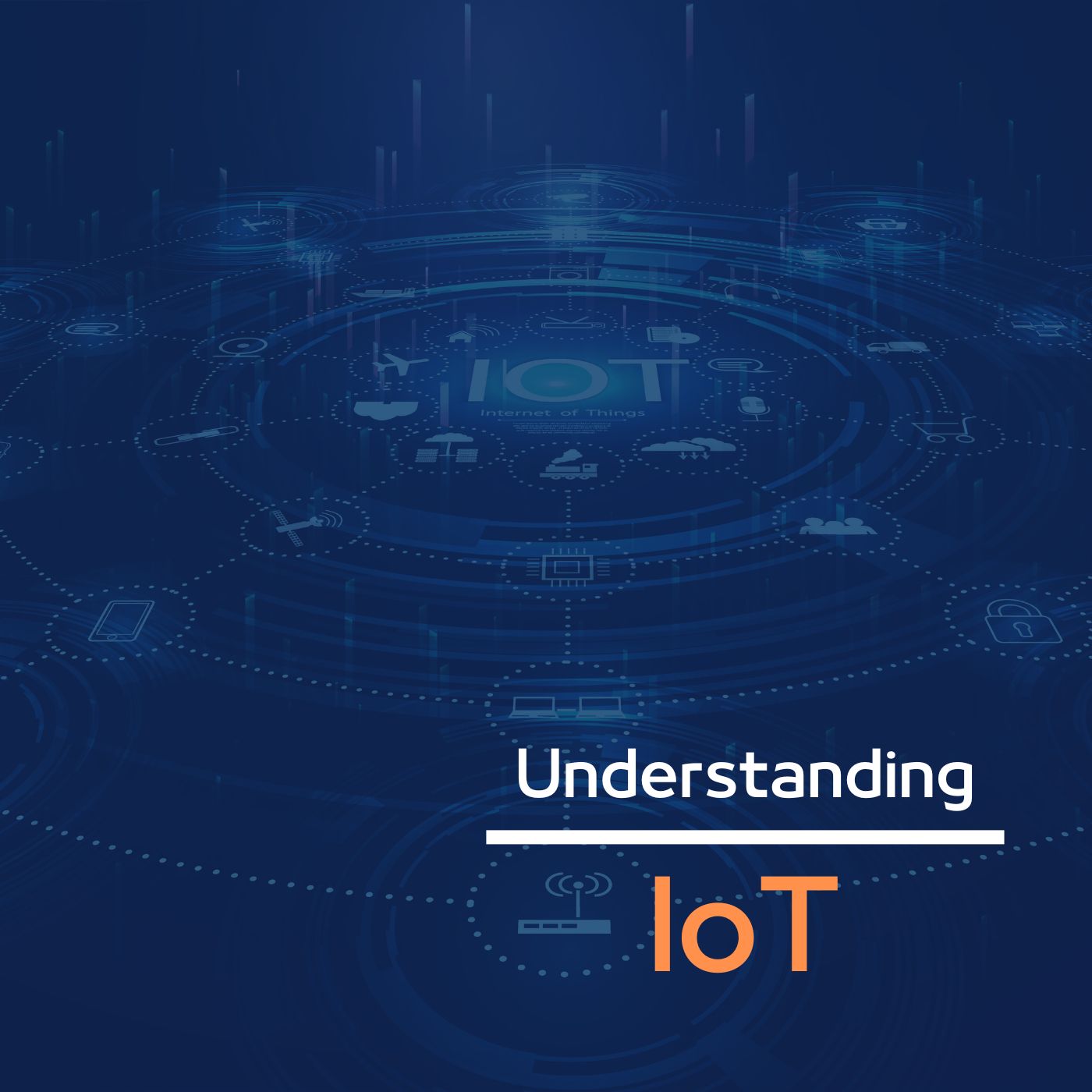Over the past year, I have discussed technology extensively, and now it’s time to start from scratch. The world needs significant changes in the coming years, and Agenda 2030 provides an excellent framework for categorizing various initiatives. IoT (Internet of Things) and digitalization are powerful tools to drive these transformations through technology. With a goal aligned with the United Nations’ global objective of Agenda 2030, specifically Goal 10, which aims to reduce inequalities, I intend to share knowledge. So, in a series of posts, let’s take a step back and begin with the basics:
What is the Internet of Things?
The Internet of Things (IoT) encompasses billions of physical devices worldwide that are connected to the Internet. IoT refers to networks of physical objects, often called “things.” These things can be hardware with built-in sensors, software, and associated technologies. These connected things exchange data with other devices and systems through the Internet.
IoT devices are everywhere, benefiting industries such as factories, agriculture, real estate, and cities, where data accessibility online is crucial. An IoT device could be a “smart thing”, like a refrigerator, a sensor, tracking equipment, or a self-driving vehicle. As you can see, the definition is broad.
Three types of devices
In my definition, basic IoT devices serve three functions: to measure something (sensors), to control something (actuator), or position something (tracker). Advanced IoT applications can involve both artificial intelligence and sophisticated control systems.
IoT is a broad concept encompassing various applications. To make it more comprehensible, we define IoT as a collection of disruptive technologies that enable digitalization.
Benefits of IoT for businesses
The advantages of IoT for businesses differ based on the implementation of the technology. The two most commonly highlighted benefits are agility and efficiency. IoT provides companies access to more data about their products and internal systems, enabling them to make data-driven changes and improvements.
Sustainability: IoT technology has the potential to reduce environmental impact. Studies have shown that over 80% of companies use IoT to transform their environmental sustainability fundamentally.
Continuity:
IoT helps businesses operate with continuity, as evidenced before, during, and after the COVID-19 pandemic. However, companies already on the digitalization train before the pandemic found it easier to adapt quickly to the new landscape.
Driving Innovation:
Discover untapped data to fuel strategic thinking and secure your position as a leading-edge company.
Success:
Those leveraging IoT claim it is crucial for their future success. IoT creates new business models and revenue streams.
Customer Experience:
With IoT, you can completely transform your company’s operations and business model. IoT can provide your customers with entirely new experiences and generate new revenue streams.
Digitalization:
IoT enables companies to obtain data-driven insights to help them make better decisions. IoT plays a vital role in digital transformation.
The Internet of Things is powerful in driving digital transformation across industries. With billions of connected devices exchanging data and enabling innovative solutions, IoT offers numerous benefits such as sustainability, continuity, innovation, success, enhanced customer experiences, and digitalization. Embracing IoT can help businesses thrive in the evolving technological landscape and contribute to a more connected and efficient future. In the upcoming articles, we will delve deeper into IoT and explore its potential applications and implications.

